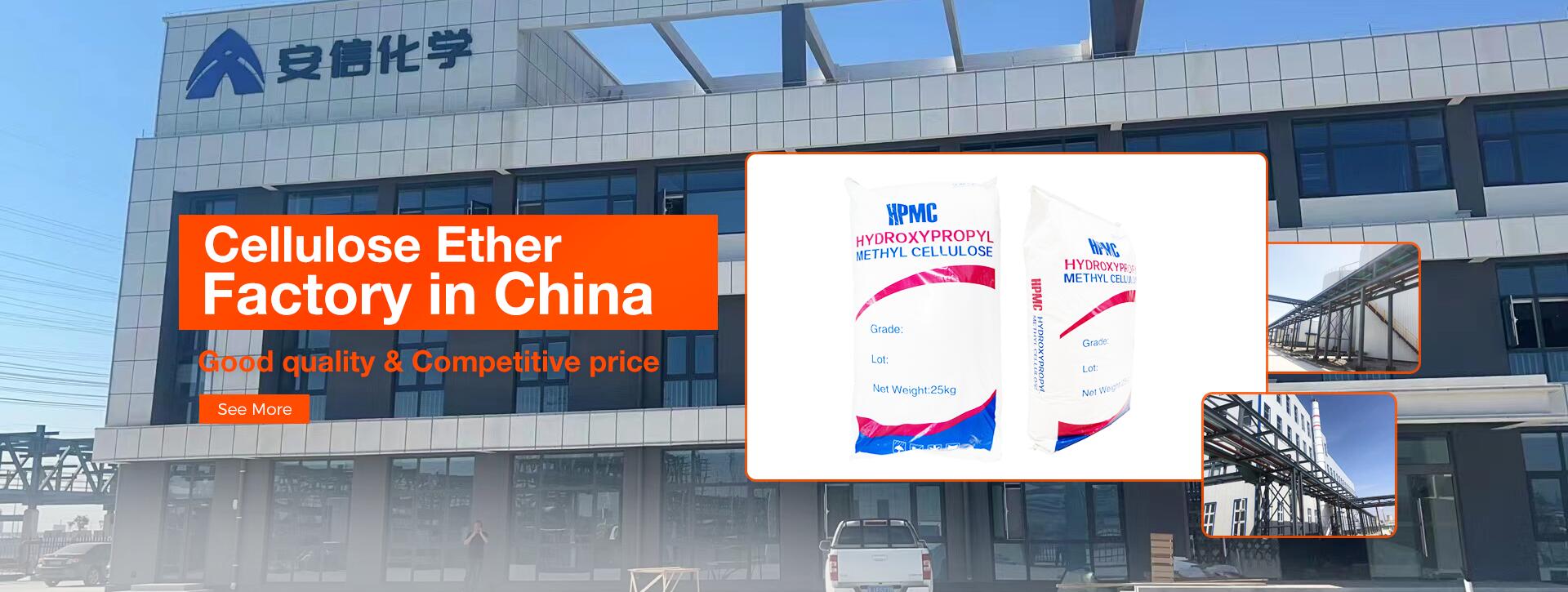Hydroxypropyl methylcellulose has a wide range of applications
Hydroxypropyl methylcellulose (HPMC) is a versatile polymer that finds extensive use in various industries due to its unique properties. Derived from cellulose, HPMC has garnered significant attention for its wide range of applications across pharmaceuticals, construction, food, cosmetics, and more.
Chemical Structure and Properties:
HPMC is a semi-synthetic, water-soluble polymer derived from cellulose.
Its chemical structure consists of cellulose backbone with methyl and hydroxypropyl substituents.
The degree of substitution (DS) of methyl and hydroxypropyl groups determines its properties and applications.
HPMC exhibits excellent film-forming, thickening, binding, and stabilizing properties.
It is non-toxic, biodegradable, and environmentally friendly, making it suitable for various applications.
Pharmaceutical Applications:
HPMC is widely used in pharmaceutical formulations as an excipient.
It serves as a binder in tablet formulations, providing cohesiveness and tablet integrity.
Its controlled release properties make it ideal for sustained-release and extended-release formulations.
HPMC is also utilized in ophthalmic solutions, suspensions, and topical formulations due to its mucoadhesive properties.
It enhances the viscosity and stability of liquid dosage forms such as syrups and suspensions.
Construction Industry:
In the construction sector, HPMC is a key ingredient in cement-based materials.
It acts as a thickener, water retention agent, and rheology modifier in mortar, grouts, and tile adhesives.
HPMC improves workability, reduces water segregation, and enhances adhesion strength in construction products.
Its compatibility with other additives like cement admixtures contributes to the overall performance of construction materials.
Food and Beverage Industry:
HPMC is approved for use as a food additive by regulatory agencies worldwide.
It is employed as a thickener, stabilizer, and emulsifier in various food products.
HPMC improves texture, viscosity, and mouthfeel in sauces, soups, desserts, and dairy products.
In beverages, it prevents sedimentation, enhances suspension, and imparts clarity without affecting flavor.
HPMC-based edible films and coatings extend the shelf life of perishable foods and enhance their visual appeal.
Cosmetics and Personal Care Products:
HPMC is a common ingredient in cosmetics, skincare, and hair care formulations.
It functions as a thickener, emulsifier, and suspending agent in creams, lotions, and gels.
HPMC imparts a smooth, creamy texture and improves the stability of emulsions in cosmetic formulations.
In hair care products, it enhances viscosity, provides conditioning benefits, and controls rheology.
HPMC-based films and gels are used in skincare masks, sunscreens, and wound dressings for their moisturizing and barrier properties.
Other Applications:
HPMC finds applications in diverse industries such as textiles, paints, coatings, and ceramics.
In textiles, it is used as a sizing agent, thickener, and printing paste in dyeing and printing processes.
HPMC-based paints and coatings exhibit improved adhesion, flow properties, and pigment suspension.
In ceramics, it serves as a binder in ceramic bodies, enhancing green strength and reducing cracking during drying.
Hydroxypropyl methylcellulose (HPMC) stands out as a multifunctional polymer with a broad spectrum of applications across various industries. Its unique combination of properties including water solubility, film-forming ability, and rheological control make it indispensable in pharmaceuticals, construction, food, cosmetics, and beyond. As research and innovation continue to expand, HPMC is likely to find even more diverse and innovative applications, further solidifying its status as a valuable and versatile polymer in the modern world.
Post time: Apr-06-2024
